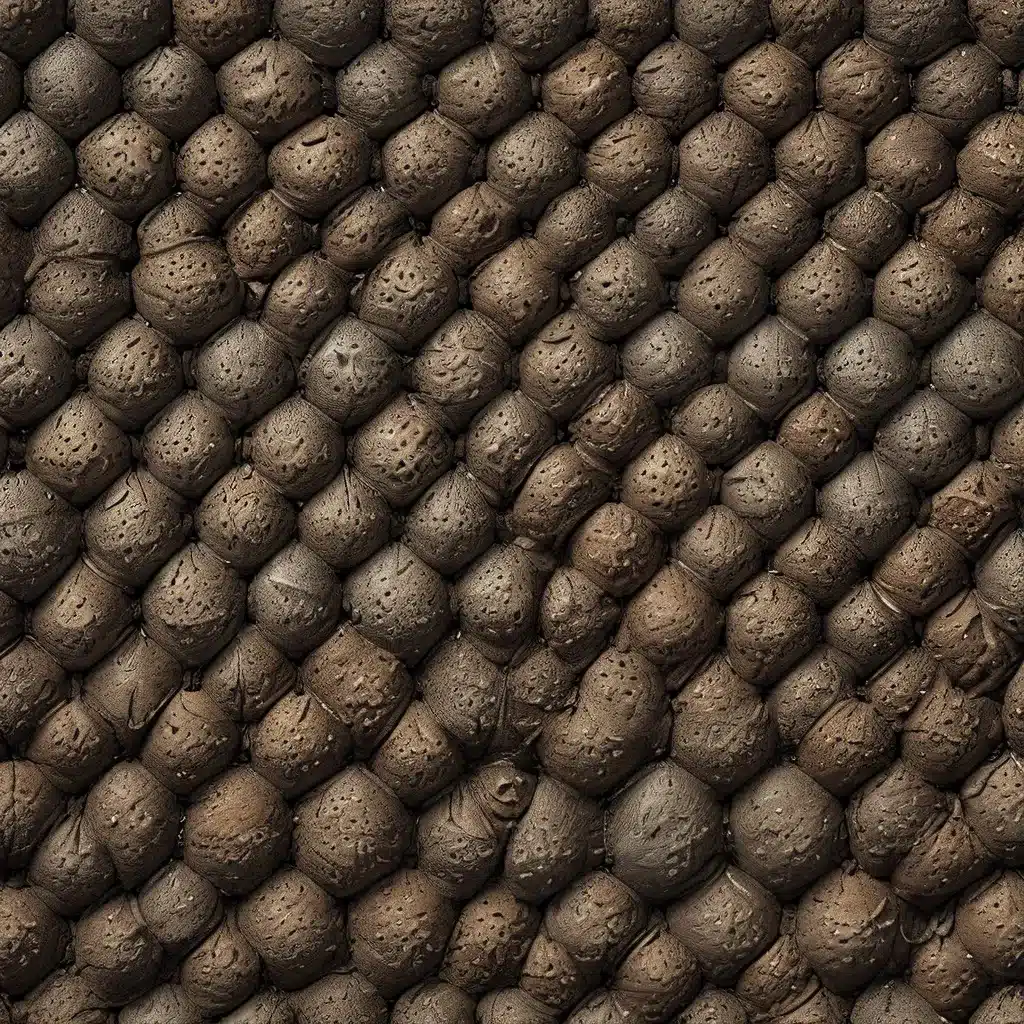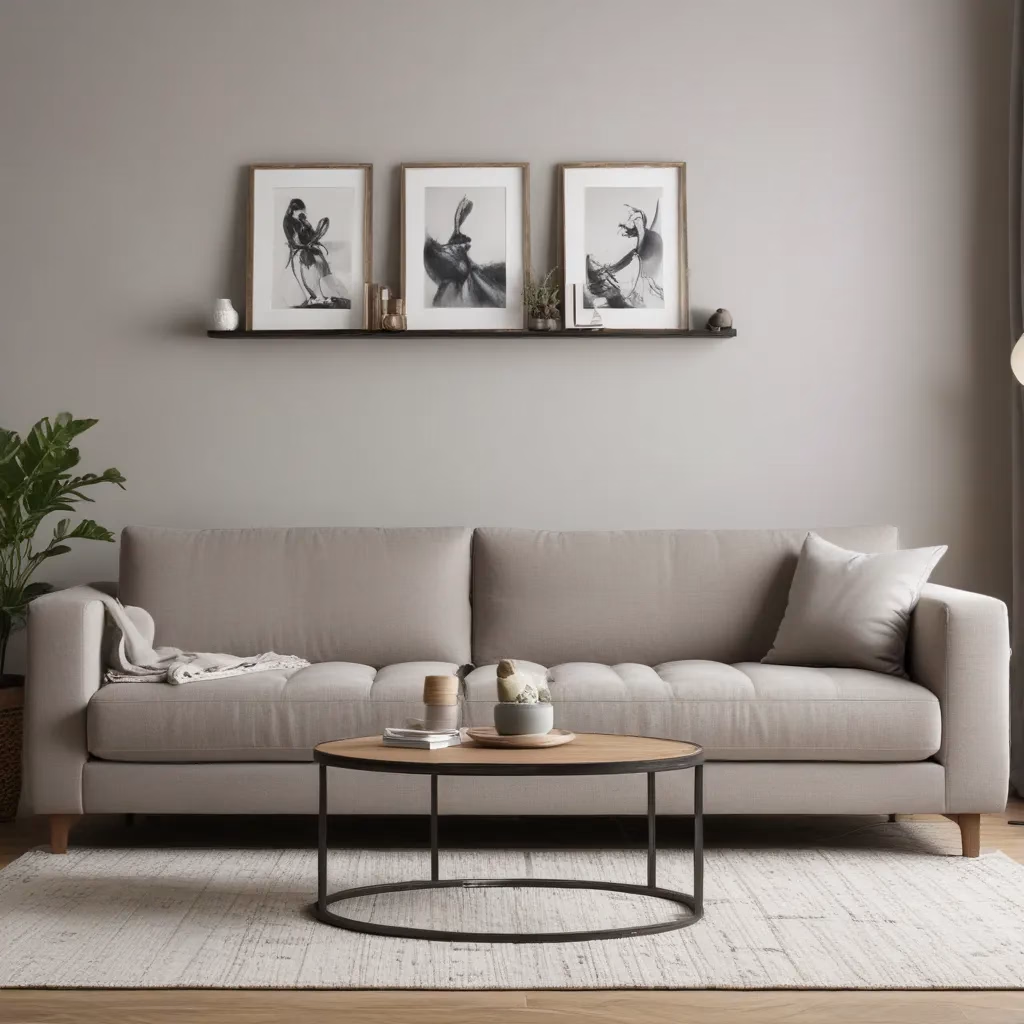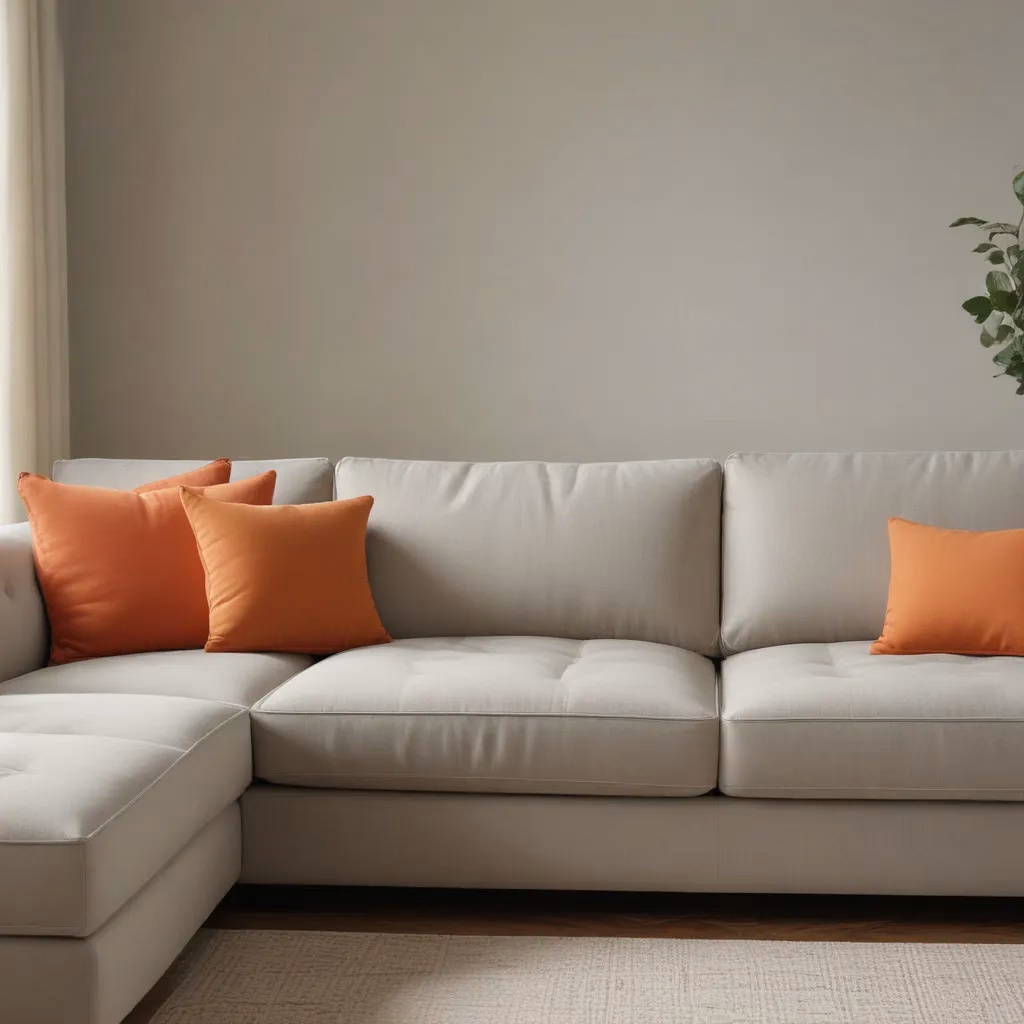
When it comes to creating visually appealing and tactile designs, fabric texture plays a a significant role. The texture of a fabric can enhance the overall aesthetic appeal, add depth and dimension, and create unique sensory experiences. In this article, we’ll dive into the world of fabric textures, exploring the wide variety of options available and how they can elevate your designs.
Texture: The Fabric’s Hidden Superpower
Fabric texture is the physical surface characteristics of a fabric, determined by its weave, yarn type, fiber content, and finishing treatments. Texture adds visual interest and tactile sensations to a design, making it more engaging and inviting. Let’s explore why fabric texture is so essential.
Visual Appeal
Different fabric textures create visual interest and can add depth and dimension to a design. Textured fabrics can bring a sense of richness, complexity, and uniqueness to garments, home decor, or any other design project. Just imagine the difference between a sleek, satin sofa and a plush, velvet one – the textures create entirely different visual impressions.
Tactile Experience
Fabric texture offers a sensory experience through touch. Smooth silk, soft velvet, or nubby tweed evoke different tactile sensations, enhancing the overall pleasure and comfort of interacting with the fabric. This tactile connection can be a powerful way to create an emotional response in the viewer.
Emotional Connection
Texture has the power to evoke emotions and create connections. Cozy, plush fabrics can make us feel comforted, while crisp, structured textures can convey a sense of elegance and formality. By carefully selecting the right fabric textures, you can craft a design that resonates with your audience on a deeper level.
Design Versatility
With a wide variety of fabric textures available, designers have endless possibilities to express their creativity and achieve the desired aesthetic effect. Texture can be used strategically to highlight certain design elements or to create contrast and balance within a composition.
Exploring the Fabric Texture Spectrum
Fabric textures vary based on factors such as weave structure, yarn characteristics, and finishing techniques. Let’s dive into some of the most common fabric textures and their unique characteristics.
Smooth
Smooth fabrics have a flat, sleek surface with minimal texture. Examples include silk, satin, and chiffon. These fabrics are often associated with elegance and luxury, creating a refined and polished aesthetic.
Ribbed
Ribbed fabrics have raised parallel lines or ridges that create a textured pattern. Corduroy and rib knits are examples of ribbed fabrics. They provide visual interest, warmth, and a sense of structure.
Nubby
Nubby fabrics have an irregular, textured surface with small bumps or knots. Tweed and bouclé are examples of nubby fabrics. They add a rustic and tactile element to designs, creating a cozy and inviting atmosphere.
Crinkled
Crinkled fabrics have a wrinkled or crimped appearance achieved through special treatments or finishes like pleating or crushing. Crinkled chiffon and seersucker are examples of crinkled fabrics. They offer a unique texture and a casual, relaxed look.
Textured Weaves
Various weaving techniques can create textured fabrics. Examples include jacquard, brocade, and matelassé. These fabrics have intricate patterns and offer a rich, luxurious feel, adding depth and complexity to your designs.
Furry
Furry fabrics have a soft, fuzzy texture resembling fur or hair. Examples include faux fur and mohair. They provide warmth and a cozy, comforting feeling, perfect for creating a sense of indulgence.
Knitted
Knitted fabrics have a unique texture created by interlocking loops of yarn. Different knitting patterns can produce various textures, from smooth to ribbed to cable-knit. Knitted fabrics offer stretch and flexibility, making them ideal for comfortable and versatile designs.
Embroidered
Embroidered fabrics feature decorative designs stitched onto the fabric surface. Embroidery adds texture and visual interest, whether it’s delicate floral motifs or intricate patterns. This technique can elevate a design with a touch of luxurious craftsmanship.
The Journey from Fiber to Fabric
The textile industry is composed of a multitude of intricate and interdependent processes that transform raw materials into the final fabric products we see and use. Understanding this journey can help you appreciate the effort, skill, and creativity that goes into every piece of fabric you work with.
Fiber Production
The initial phase involves cultivating or synthesizing raw fibers. Natural fibers such as cotton or wool are harvested from plants or animals, while synthetic fibers like polyester or nylon are chemically produced.
Spinning
The fibers are then cleaned and spun into yarn. In this process, the fibers are twisted together to add strength and prepare them for the next stage.
Weaving or Knitting
The yarn is then woven or knitted into fabric. Weaving involves interlacing two sets of yarn at right angles, while knitting involves looping the yarn into a series of interconnected loops.
Dyeing and Printing
To add color and patterns to the fabric, it is then dyed or printed. Dyeing involves submerging the fabric in a color solution, while printing involves applying color to the fabric in specific areas to create patterns.
Finishing
The final stage is the finishing process, which can involve a range of treatments to give the fabric the desired properties. This can include anything from heat treatments to impart a wrinkled appearance to coatings that make the fabric water-resistant.
Selecting the Perfect Fabric Texture
When selecting fabric textures for your design projects, consider the following factors to ensure a harmonious and successful outcome.
Intended Use
Determine the purpose of your design project and the level of comfort required. For example, soft and smooth textures may be suitable for garments meant to be worn next to the skin, while sturdy and textured fabrics may be preferable for upholstery or home decor items.
Aesthetic Vision
Consider the overall aesthetic you want to achieve. Texture can contribute to the mood, style, or theme of your design. For instance, a rough textured fabric may suit a rustic or bohemian-inspired design, while a sleek, smooth fabric may be more appropriate for a modern or minimalist aesthetic.
Practicality
Take into account the care and maintenance requirements of different textures. Some textures may require special handling or cleaning methods, so consider the practicality of maintaining the fabric’s appearance and quality over time.
Fabric Performance
Evaluate the durability and performance characteristics of different textures. Consider factors such as abrasion resistance, colorfastness, and breathability to ensure that the fabric will withstand the intended use and provide long-lasting satisfaction.
Bringing Texture to Life
Fabric texture is a powerful design element that can elevate the aesthetic appeal and sensory experience of any design project. With a vast selection of textures available, designers have endless possibilities to create unique and engaging designs.
As you embark on your next design project, I encourage you to experiment with different textures and see the difference they can make. Whether you’re creating a cozy and inviting living room or a stylish and sophisticated bedroom, the right fabric texture can transform your vision into a true masterpiece.
Explore the world of Sofa Spectacular and discover the endless possibilities for bringing texture to life in your home. From plush velvet to crisp linen, their wide selection of fabrics and furniture will inspire you to create spaces that are not only visually stunning but also a pleasure to touch and experience.
So why not add some texture to your next design project and watch it come to life before your eyes? Happy designing!



